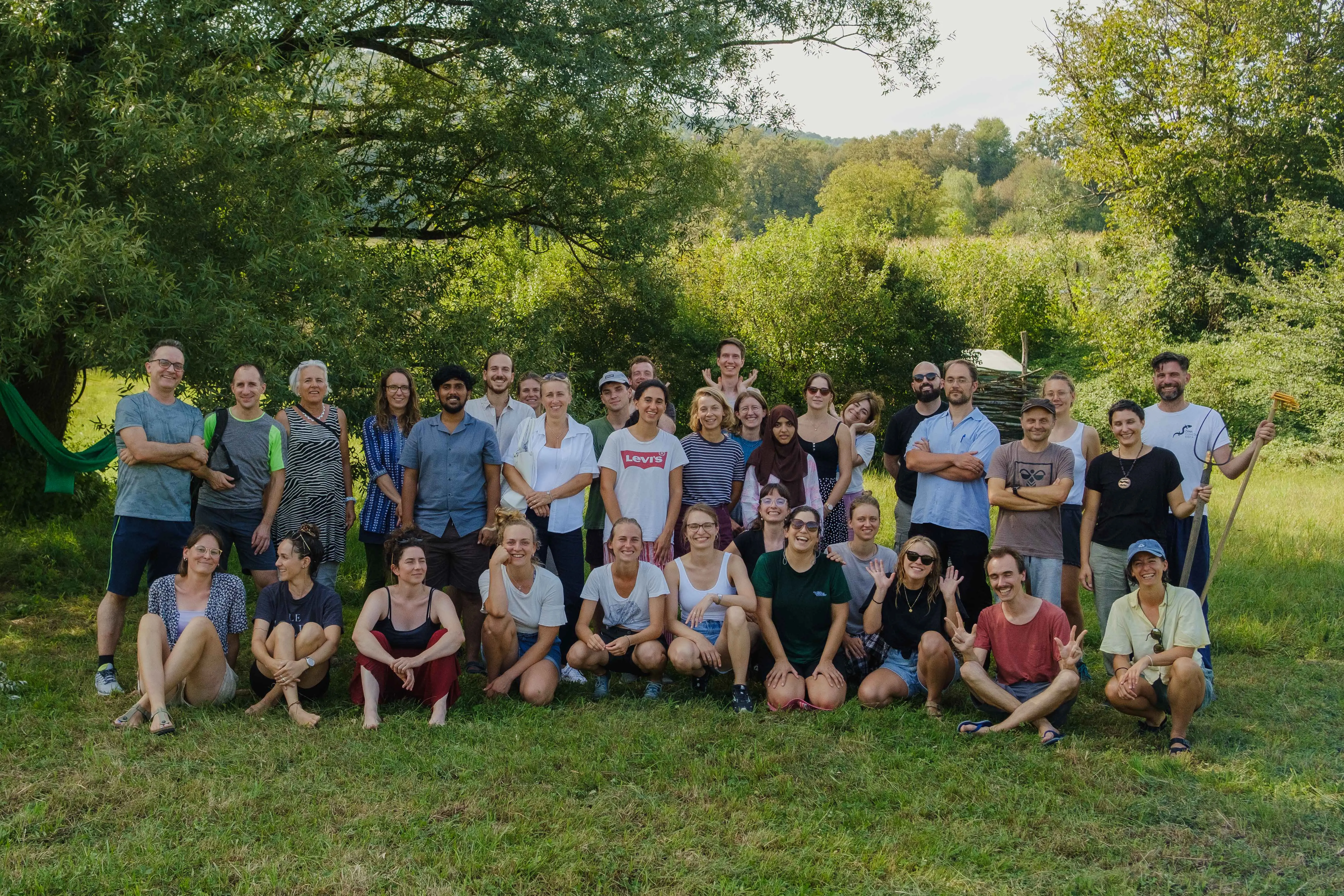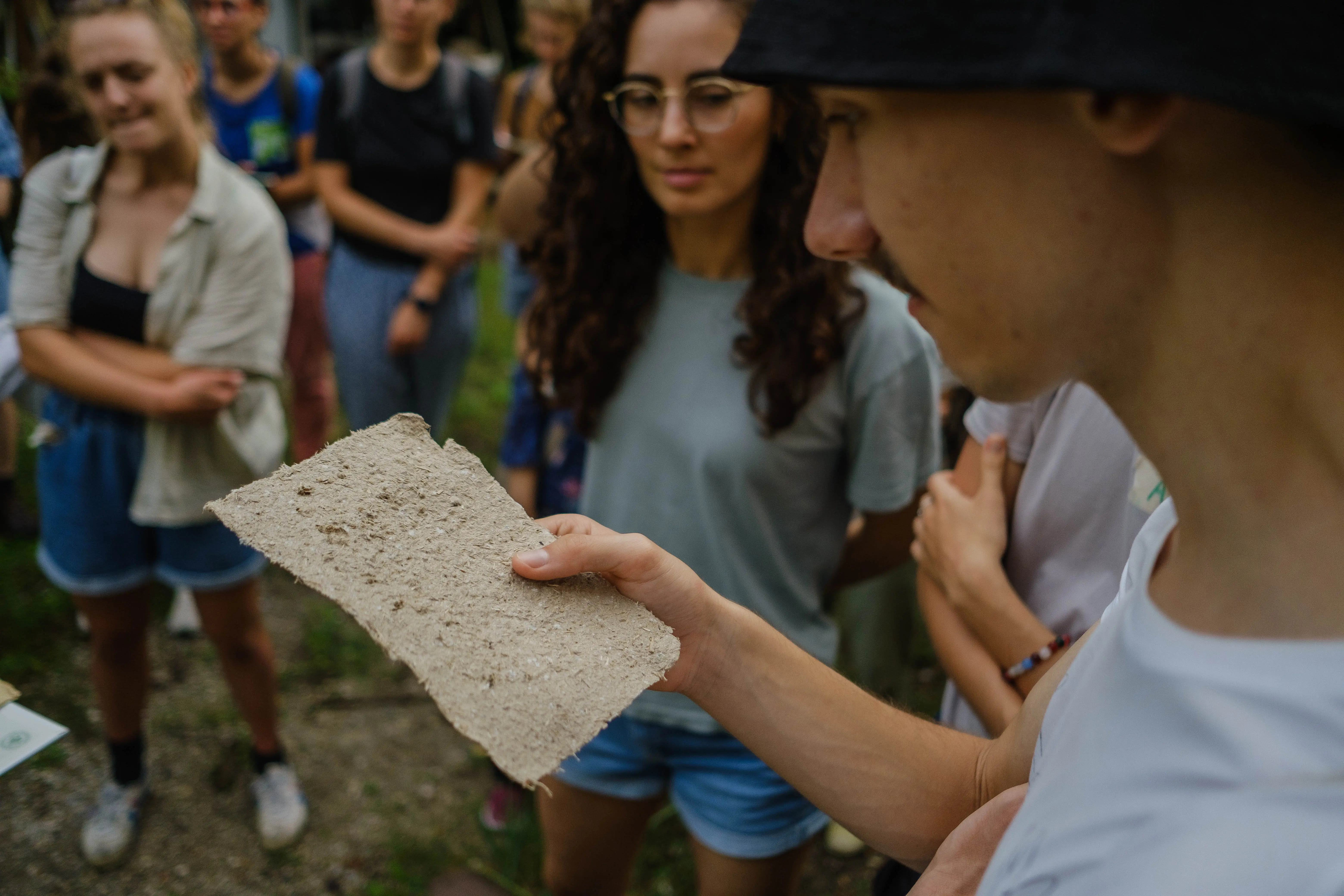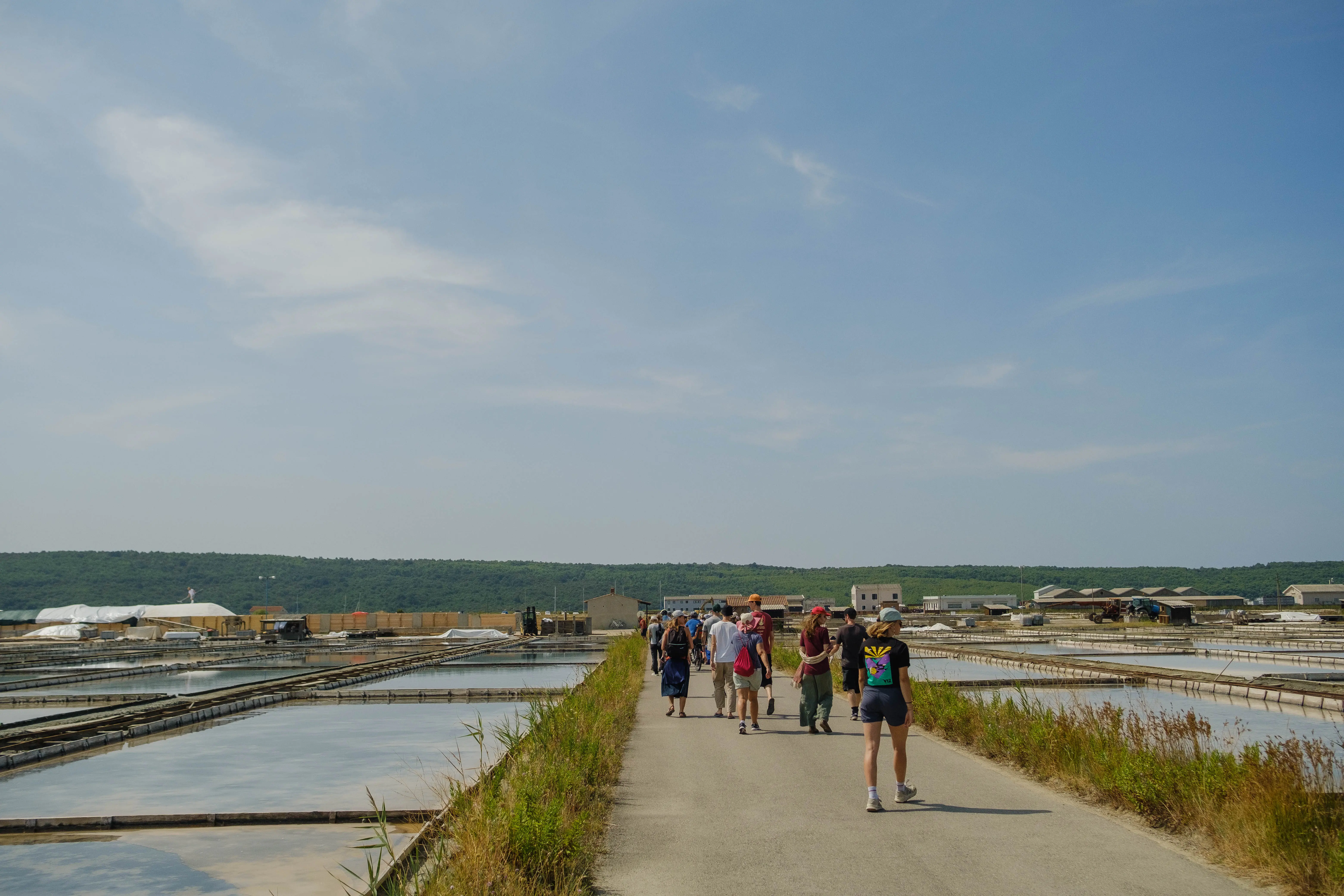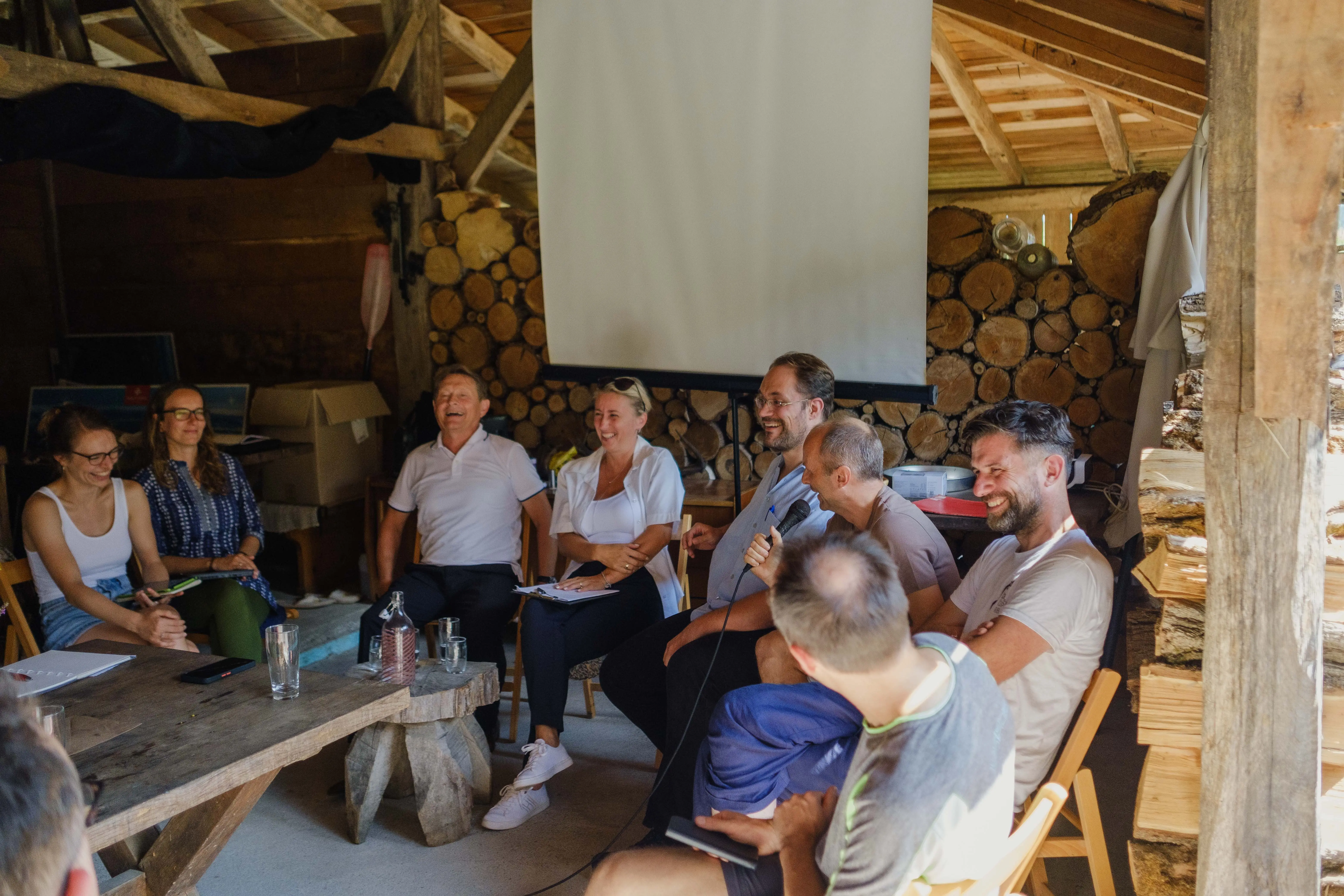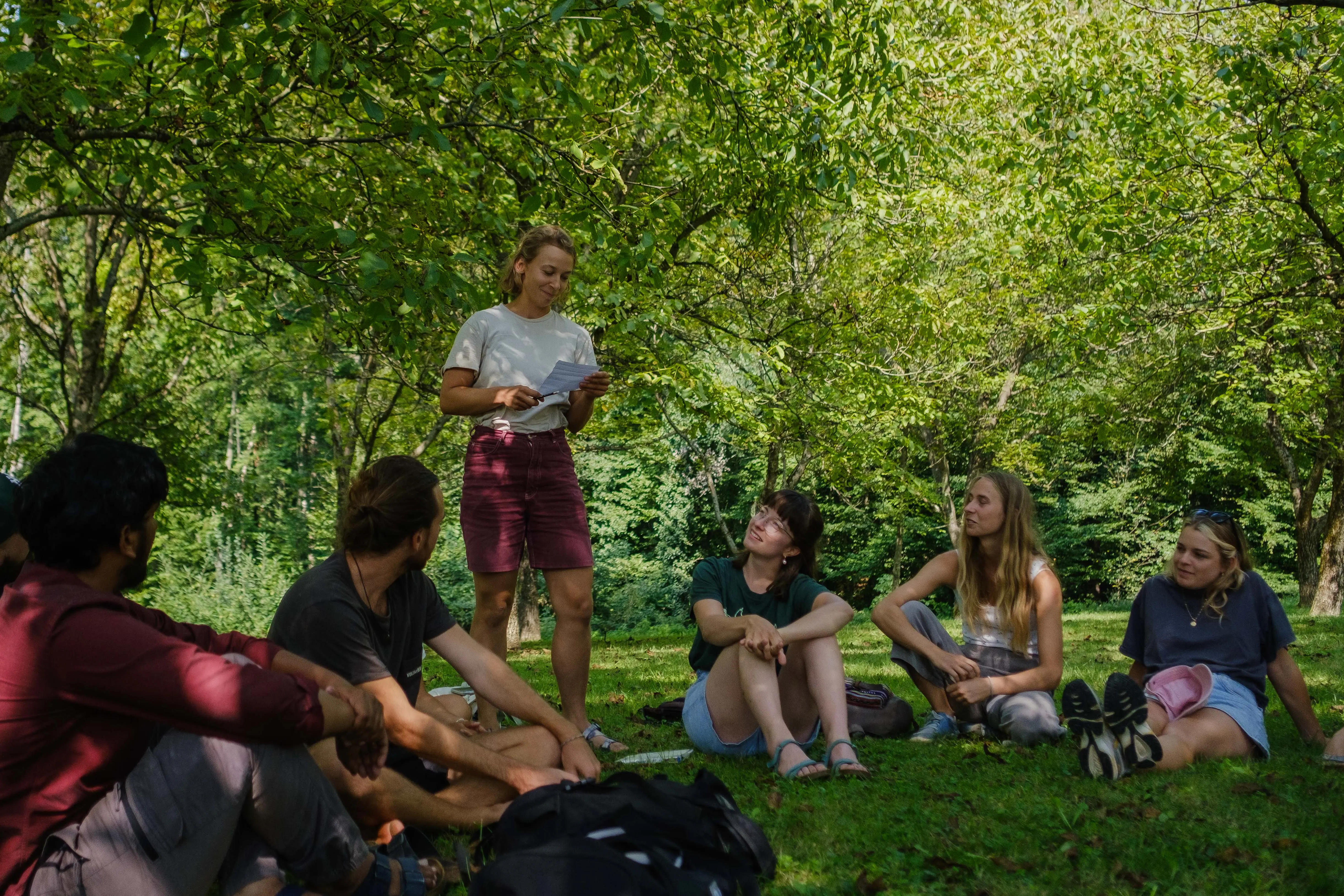Agrobiodiversity Summer School 2024 in Slovenia: 10 days of new impressions & encounters
This year's Agrobiodiversity Summer School experience in Slovenia happened thanks to the ZHAW research group Geography of Food, the Swiss Research Institute of Organic Agriculture (FiBL), and the University of Ljubljana in Slovenia and brought together 24 international students for 10 days.
<i>Author: Anna Mishakina, participant of the ABS 2024</i>
The participants of ABS24 went to Slovenia and spent ten fruitful days learning from case studies, excursions, lecture inputs, and talks with stakeholders, scientists, and practitioners. The summer school began in the capital of the country - Ljubljana. During this stay, most learning processes were held at the Department of Agronomy of the Biotechnical Faculty (the University of Ljubljana).
First of all, the highlight of the beginning of the school was presenting the Mini Case Studies from various countries. Students brought their posters along with them to share what they had learned during the preparation period before the summer school. Some of the participants interviewed organic farmers, others based their investigations on nature conservation sites or presented their own ideas.
Then, we had several excursions. The first one brought us to Krater in the city of Ljubljana. This is a space for transdisciplinary practices such as sustainable design and production of paper, flower pots, and other goods out of biomass from invasive plants, waste paper, fungi, and agricultural waste. Another excursion led us to the landscape park Tivoli, Rožnik in Šišenski Hrib where scientists are carrying out flora restoration projects by managing the local meadows.
On another day, we went to a renowned place which is the Ljubljana Marshes Nature Park. The park is 135 km2 large and is located in Central Slovenia. This area has experienced a long history of peat drainage and extensive agriculture. However, the present days impose additional pressures on farmers, policy-makers, and biodiversity. Due to draining, the peat soils are shrinking which brings about unfavorable changes. The question is how to preserve biodiversity and allow farmers to feed their families.
Škocjanski Zatok Nature Reserve was the next case study. The story of the creation of this nature conservation area is very inspiring because back in the day several young people decided to dedicate their efforts to saving the existing but degraded natural site from further degradation. Together, they managed to remove the waste and alter the landscape in a way that allows nature to flourish. This former salt production place provides a living environment for endangered and endemic flora and fauna.
Later, we traveled to the coast next to Portorož - to the Sečovlje Salina Nature Park. This site combines a traditional way of producing sea salt by marine water evaporation and abundant biodiversity which thrives amongst these saline pools and sections. It is a unique location because it is one of the last remaining salt pans in the Mediterranean, where workers collect the salt manually.
The next five days were taking place in Bela Krajina. One of the highlights around that area was the excursion to the natural environment of the endangered and endemic species Proteus anguinus parkelj. Although we could not see this mysterious olm for obvious reasons (it is protected and lives deep down in karst holes), we were inspired and touched by the very existence of such a wonderful animal. This amphibian is highly sensitive to disturbances caused by human interventions including nitrogen and sand pollution. Additionally, we had some input from scientists and a round table with local stakeholders.
Finally, the last case study was based on Andrej Turk's Turk farm in Brod, Podbočje on Krško polje. Being initially a livestock farm, the farm switched to vegetable production to improve economic performance. Part of the farm site is located within the Natura 2000 area which imposes challenges with complying with the EU's regulations of reducing the use of chemical pesticides by 50% by 2030.
Before the end of the summer school, we enjoyed the presentations by all the teams who analysed these different case studies. The participants worked in groups throughout the study days to prepare their creative presentations, some of which appeared to be artistic performances. From a TV news channel to filmmaking to carving images out of paper - the motto here is: "Be creative and informative!" And, the winning team collected their awards.
In addition to the study program of the summer school, the participants took advantage of various leisure activities such as swimming in the sea, canoeing, going to a local musical concert, enjoying local vines, etc. The Slovenian coordinators Rozalija Cvejic and Spela Zeleznikar did their best to make the international group of participants feel at home.
Thank you, hospitable Slovenia!
Related links:
Website Agrobiodiversity Summer School
ZHAW Research Group Geography of Food
University of Ljubljana, Biotechnical Faculty
